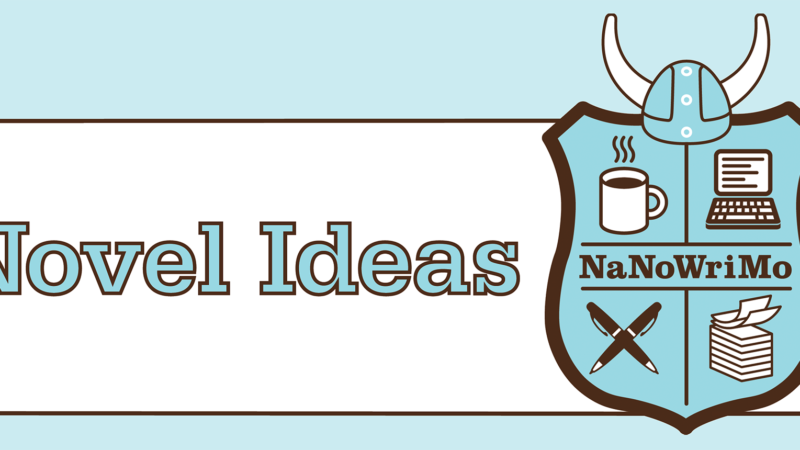From the archive: Novel ideas
It starts in Middle School. “Students who had been highly imaginative writers just stop writing,” says English teacher Sarah Macdonald. “They think they have a sense of what’s good and what’s not. They decide that ‘they’re not writers’ and their output starts to suffer.”
Waynflete’s Middle School English teachers are always looking for new opportunities to motivate young writers. After learning about NaNoWriMo from an enthusiastic new Waynflete student, Sarah investigated further.
In 1999, San Francisco-based writer Chris Bath launched National Novel Writing Month (“NaNoWriMo”), a “fun, seat-of-the-pants approach to creative writing.” The rules were simple: write 50,000 words in the month of November—either a complete novel or the start of one. (Brave New World and The Great Gatsby are well-known samples of 50,000-word books.)
21 individuals participated in NaNoWriMo’s first year. By 2014, the number of participants had increased to almost 400,000 and, of that number, 90,000 were 17-and-under students. The NaNoWriMo Young Writers Program kicked off in 2005 in response to teachers who wants to bring novel writing to the classroom.
“I was impressed,” Sarah says. “The NaNoWriMo team had developed some excellent materials to supplement our curriculum. They clearly understood the typical middle schooler: imaginative, skeptical about process, and shy about writing.”
At the outset of the semester, Sarah uses a novel to demonstrate the typical phases of a story: preparing the setting (exposition), the initial conflict, establishing characters, conflict, and rising and falling action. This year’s novel was Salman Rushdie’s Haroun and the Sea of Stories.
“I noticed something different in this year’s class,” says Sarah. “They knew that they’d be writing their own novels later in the semester, so they were more invested in these earlier discussions than I’ve seen before.”
The class was initially intimidated by the abstract concept of writing a novel. “I was stressed out, because writing a novel is a big deal,” says seventh grader Laney Friedland. Classmate Egan Stevenson agrees. “The deadline and word total were intimidating at first. But when I heard that you got to pick your own story, I thought, ‘We don’t usually get to do that with assignments.’”
The focus for November: simply writing. “I wanted them to get down what they could, without worrying about editing,” says Sarah. In December, students edited each other’s work, then submitted their own final versions before the break.
Students typically emphasize plot in shorter writing assignments. With the NaNoWriMo assignment, Sarah encouraged students to focus on description and character development. “They got to tell their whole story. They saw that they could realize their plot ideas while bringing in character development, setting, description, and a story arc. They were given the time and space to do it.”
“I felt relaxed,” says Laney. “I knew I could be descriptive without having to rush. I could build up to the climax of the story.”
In what Sarah describes as a great Middle School trait—optimism—most of her students had overesti- mated their target word count. But the results were impressive. “Their stories were probably some of the best I’ve read from seventh graders,” says Sarah.
Egan says, “The printer was spitting out my finished story. With every page I was thinking to myself, ‘Yes! I wrote all of this!’ It was nice to be able to read it and recognize that I had done a good job.”
Sarah was surprised by how painless the process had been. “I was worried that they’d come into class and say ‘I don’t know what to write,’” she says. “I saw none of that. They went to work. They loved the autonomy.”
As the second semester progresses, Sarah has noticed that her students are retaining more information from the books they’re studying. “They’re also more capable of talking about the parts of a novel—far more so than if we had just focused on reading for the whole year.” Students are also considering novels from the author’s perspective. Egan says, “When I read books before, I didn’t think about the author at all. Now I wonder what they were thinking about when they wrote their novels.”
Students are also less fearful about taking on new writing assignments. “It definitely makes other writing projects look less intimidating,” says Egan. “I can say, ‘I’ve written something twice as long as this!’”




